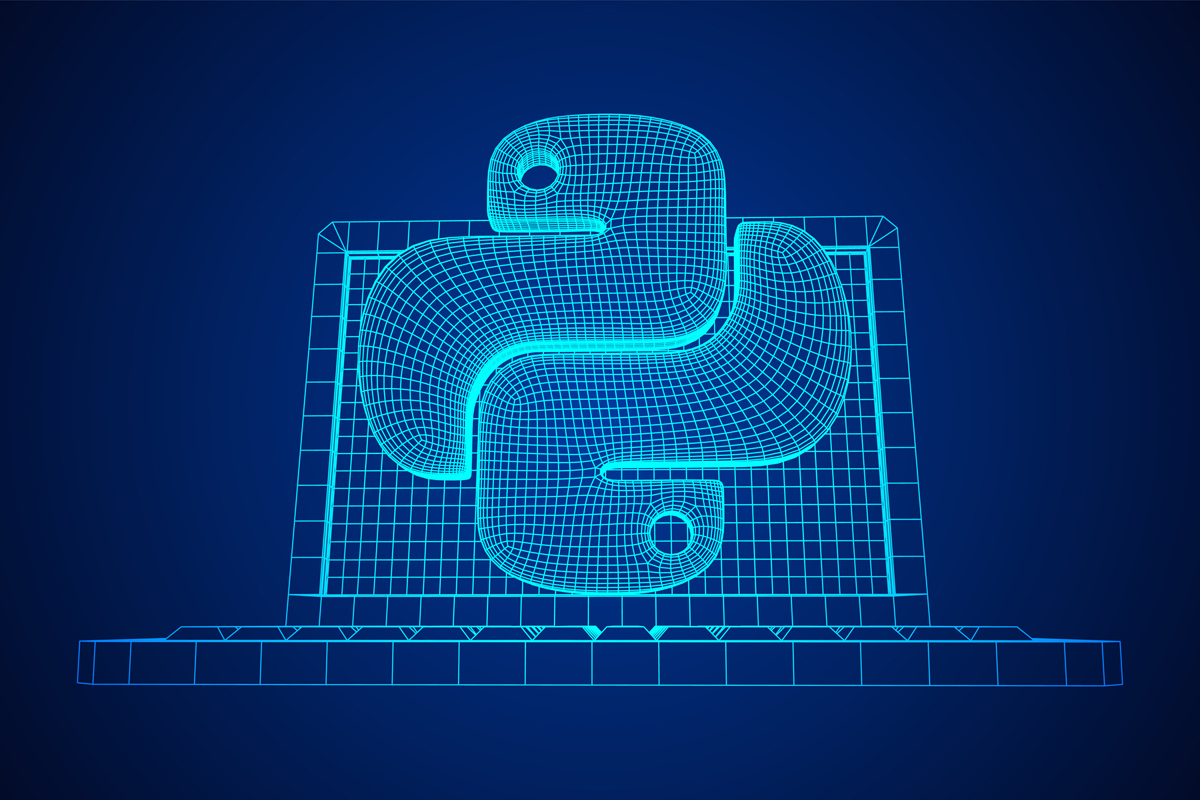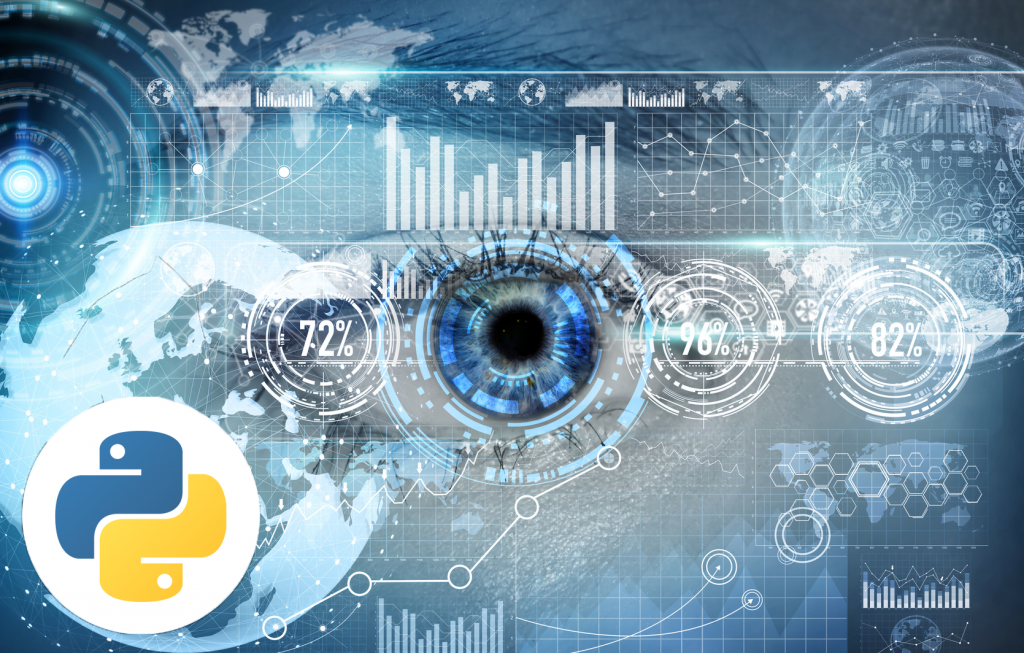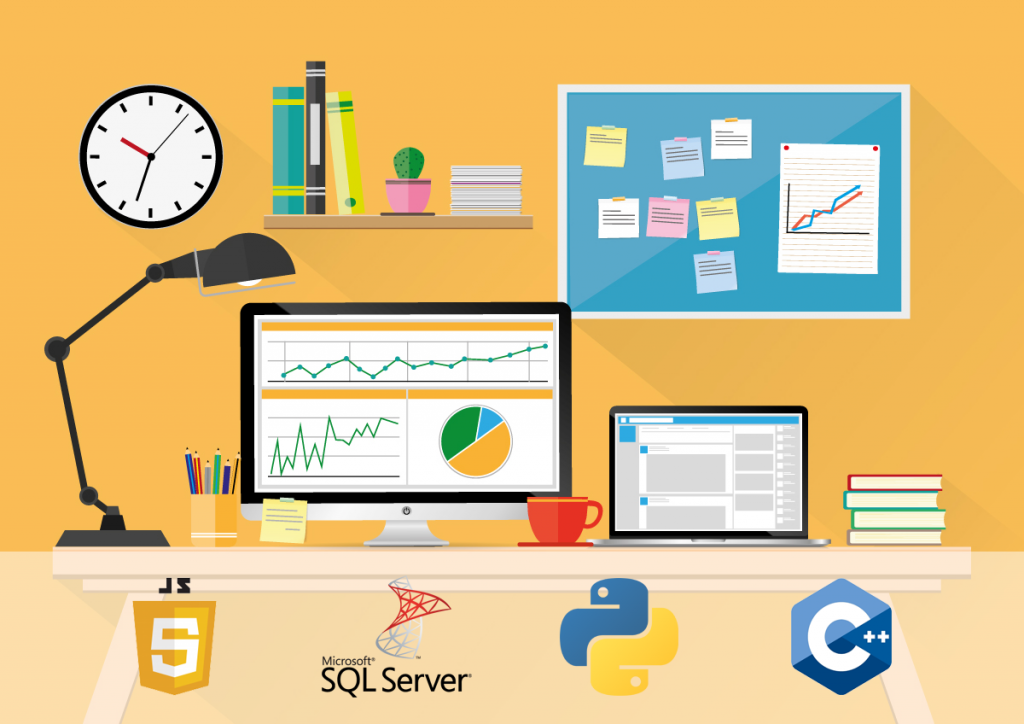Python Object Oriented Programming Fundamentals
Python Object Oriented Programming Fundamentals
Python is a big deal. More and more beginner programmers are choosing it as their first language to learn, which means its future is more than just bright – it’s dazzling. It makes coding faster, easier and fun. When combined with the object oriented programming approach these qualities are further enhanced, which means Python is virtually unstoppable. If you want to future-proof your programming skills, this is exactly what you need to learn.
Build and Enhance Python Applications
- Maintain and organise Python code more efficiently
- Build as you go for practical, real-world experience
- Learn a new, easy approach to programming
- Separate code into objects to maximise power and minimise stress
£199.00 Original price was: £199.00.£9.99Current price is: £9.99.
£199.00 Original price was: £199.00.£9.99Current price is: £9.99.
Why Choose Us?
- Unlimited lifetime access
- Access anywhere, any time, wherever you have an internet connection
- Fast effective training, written and designed by industry experts
- Track your progress with our Learning Management System
- Unlimited customer and student support
- Save money, time and travel costs
- Learn at your own pace and leisure
- Easier to retain knowledge and revise topics than traditional methods
- Exam preparation quizzes, tests and mock exams to ensure that you are 100% ready
Description
Python is a big deal. More and more beginner programmers are choosing it as their first language to learn, which means its future is more than just bright – it’s dazzling. It makes coding faster, easier and fun. When combined with the object oriented programming approach these qualities are further enhanced, which means Python is virtually unstoppable. If you want to future-proof your programming skills, this is exactly what you need to learn.
Build and Enhance Python Applications
- Maintain and organise Python code more efficiently
- Build as you go for practical, real-world experience
- Learn a new, easy approach to programming
- Separate code into objects to maximise power and minimise stress
Get to Grips with Object Oriented Programming
This online course is designed with beginners in mind. Although it helps to already know the basics of Python, it’s not a requirement. You’ll be guided through the entire installation process before hitting the more challenging material. If your goal is to learn how to enhance, maintain and build highly-driven applications, then this is the course for you regardless of your skill level.
Once installation is complete you’ll dive straight into the various features and functions of Python including the class construct, attributes, methods, class variables and more. Then you’ll get to grips with the more advanced concepts. Object oriented programming in relation to Python, the constructor/destructor magic methods, and class inheritance are all given dedicated sections with live exercise demos and explanations at every stage.
As you progress through the course you’ll complete a final project based on real-world examples, to prepare you for undertaking your own OOP Python projects. By the end of this course, you’ll have a thorough understanding of Python, the object oriented programming approach, and how to combine the two.
About Python
Python is a high-level, general-purpose, dynamic programming language that is becoming ever more widespread in the programming world. It is readable, succinct, scalable, and can support multiple programming paradigms. It is now the most common ‘starter’ language taught on university programming courses and is seen by many as the future of coding.
What’s Included?
Unlimited lifetime access
Access anywhere, any time
Fast effective training, written and designed by industry experts
Track your progress with our Learning Management System
Unlimited support
Save money, time and travel costs
Learn at your own pace and leisure
Easier to retain knowledge and revise topics than traditional methods
Related products
-
Sale!Add to basket
AI Machine Learning – Decision Trees & Random Forests 2017
£199.99Original price was: £199.99.£25.99Current price is: £25.99. -
Sale!Add to basket
The Coding Mastery Bundle 2018
£499.99Original price was: £499.99.£39.99Current price is: £39.99. -
Sale!Add to basket
Dreamweaver CC: Coding For Designers
£199.99Original price was: £199.99.£19.99Current price is: £19.99. -
Sale!Add to basket
Adobe® Web and Graphic Design Master Package – 150 course bundle
£1,499.99Original price was: £1,499.99.£99.99Current price is: £99.99.




